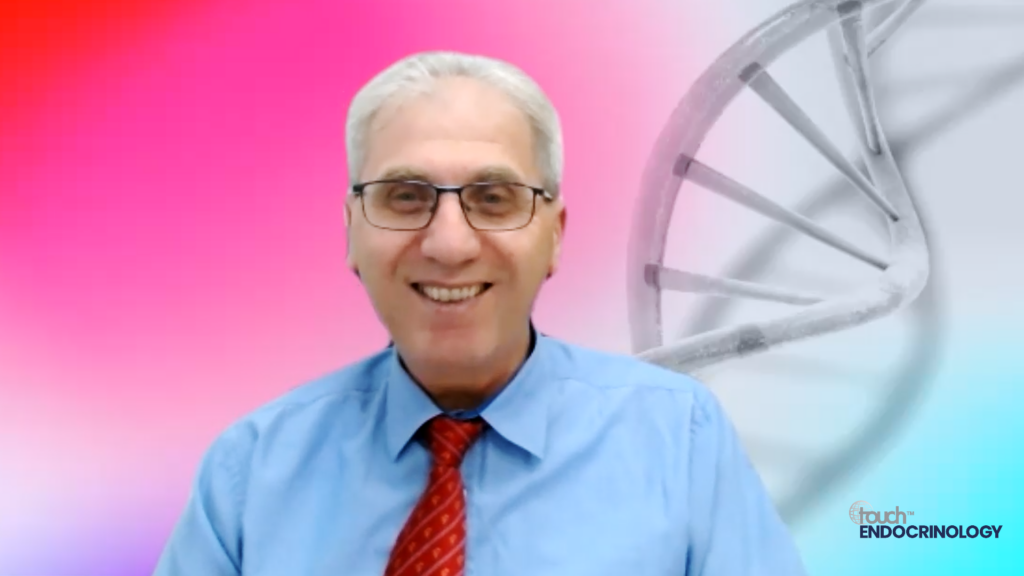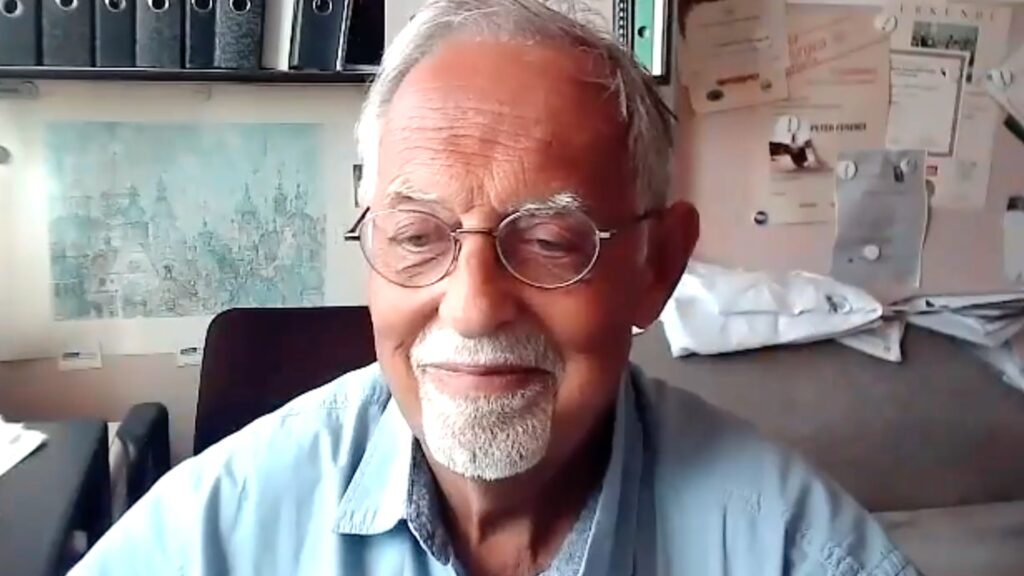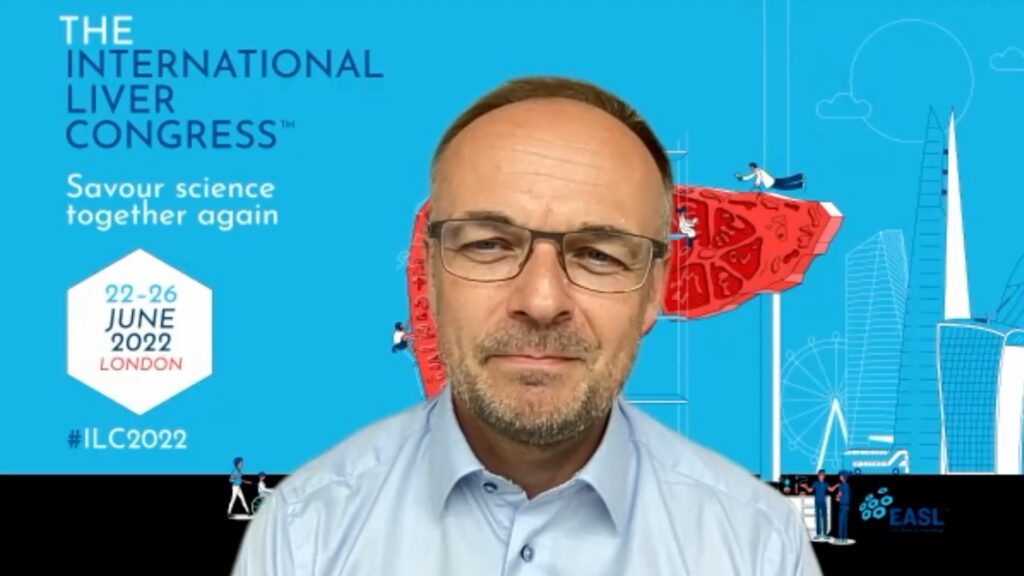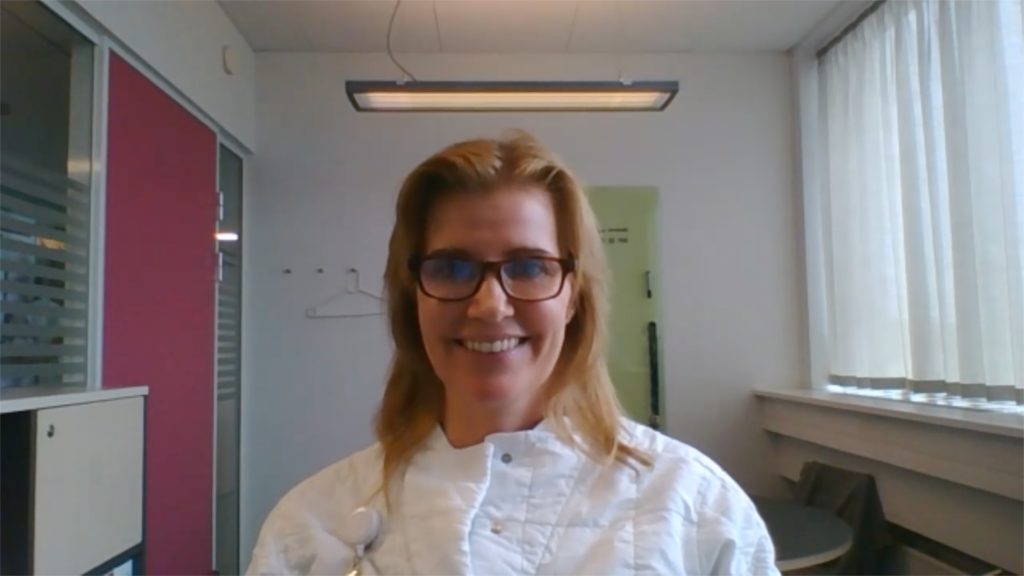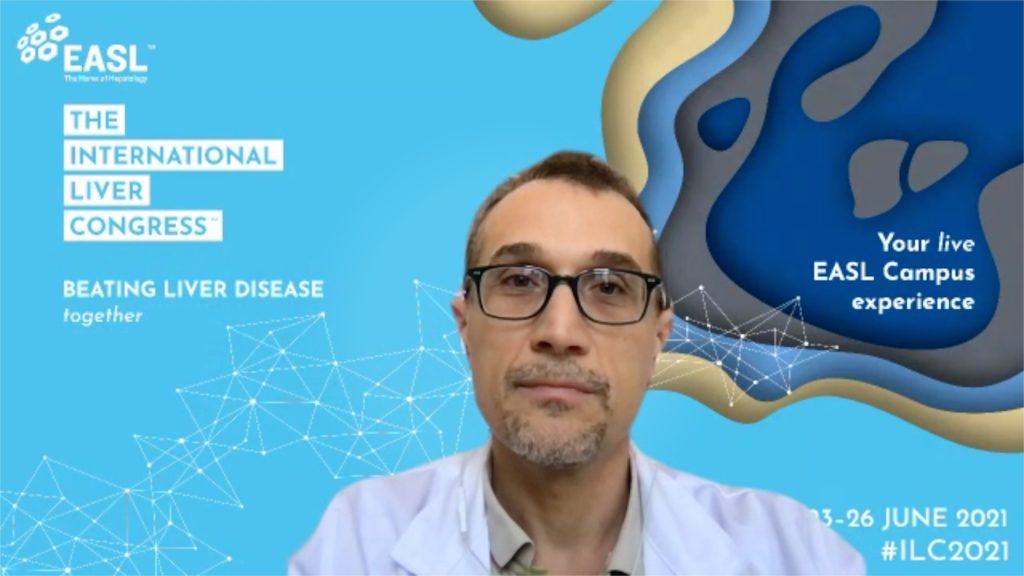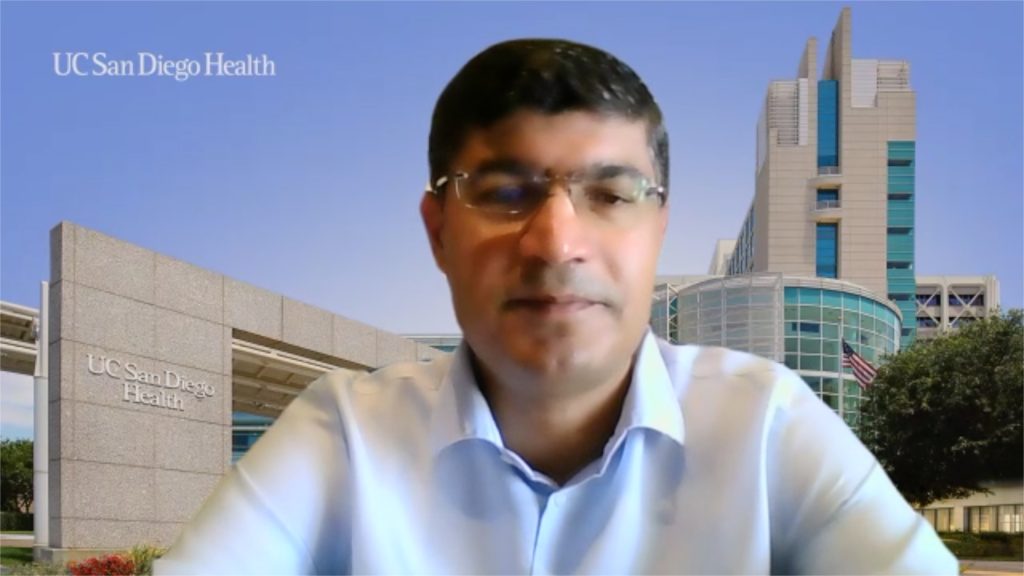 Prof Lung Yi Mak is a clinician-scientist and academic leader in the field of hepatology, currently based in Hong Kong. After completing her medical education at The University of Hong Kong and specialty training in gastroenterology and hepatology at Queen Mary Hospital, she joined the academic faculty in 2020 and earned her Doctor of Medicine degree in clinical liver diseases in 2021. Her research focuses on chronic viral hepatitis, liver fibrosis assessment, and steatotic liver disease, with over 160 peer-reviewed publications, including key contributions to Journal of Hepatology, Gut and Hepatology.
Prof Lung Yi Mak is a clinician-scientist and academic leader in the field of hepatology, currently based in Hong Kong. After completing her medical education at The University of Hong Kong and specialty training in gastroenterology and hepatology at Queen Mary Hospital, she joined the academic faculty in 2020 and earned her Doctor of Medicine degree in clinical liver diseases in 2021. Her research focuses on chronic viral hepatitis, liver fibrosis assessment, and steatotic liver disease, with over 160 peer-reviewed publications, including key contributions to Journal of Hepatology, Gut and Hepatology.
Prof Mak is also an Honorary Research Fellow at Queen Mary University of London and a recipient of prestigious honours such as the Emerging Leader Award from the European Association for the Study of the Liver, becoming the first Chinese woman to do so, and a finalist for the Global Women in Healthcare Rising Star Award. In Hong Kong, she spearheads hepatitis C micro-elimination strategies and established the city’s first specialty clinic for steatotic liver disease.
In this interview, Prof Mak reflects on the inspirations and pivotal moments that shaped her career in hepatology, shares her thoughts on the evolving landscape of liver disease research, and highlights the importance of combining scientific rigor with compassionate patient care.
My journey began with a curiosity about health and disease that started in my teenage years. When I studied human biology in high school, I learned that the liver is the biggest internal organ in humans. This sparked a strong desire to understand what this vital organ does, how it becomes diseased, and how those diseases can be prevented or treated.
When I became a doctor, I was deeply inspired by my mentor, Professor Man-Fung Yuen, a world-renowned hepatologist. He saw potential in me and continuously challenged me (in a good way). His passion for research has heavily influenced me. Everything we do stems from identifying the current gaps in knowledge, with the ultimate goal of helping people living with liver diseases. That has become the motto in my career.
In the search for answers regarding a clinical question, the reward of finding the answer through research that are practice-changing is beyond imagination. For instance, we observed the trend that some patients with chronic hepatitis B developed liver cancer at a relatively young age. Through research, our group confirmed several risk factors for liver cancer in patients with chronic hepatitis B infection, including poorly controlled diabetes mellitus and cigarette smoking, both of which are modifiable risk factors.1 Cigarette smoking, in turn, exacerbates immune dysfunction in chronic hepatitis B infection and impairs the chance to achieve viral quiescence.2 I really treasure patients’ positive feedback about how we changed their lives through empowerment, such as helping them to understand the implications of metabolic dysfunction-associated steatotic liver disease and how their lifestyle contributes to the disease outcomes. External recognition from reputable bodies is an extra dose of reinforcement, which I am truly grateful for.
The most common chronic liver disease in the world is metabolic dysfunction-associated steatotic liver disease (MASLD), affecting approximately one-third of the global population. MASLD is an important manifestation of metabolic dysfunction known to be connected with multiple interrelated health conditions, thus should be considered in parallel with the cardiovascular-kidney-metabolic syndrome.3 Progress has been constantly made from unveiling the pathophysiology and natural history of disease, to the discovery of new treatment options. The first ever FDA-approved drug for MASLD was approved in March 2024.4 We are truly honoured to witness the rapid development of novel compounds in this exciting era. Similar progress has been made in the field of viral hepatitis. Multiple novel therapies for chronic hepatitis B infection have entered advanced phase of clinical trials.5 A cure for chronic hepatitis B infection might soon become a reality, just like the case for hepatitis C virus infection that is now highly curable with a 2-3 months’ course of oral therapy. I am also intrigued to see how technology can be implemented in the healthcare system in scaling up diagnosis and linkage-to-care for people living with viral hepatitis.
Every research idea comes from the interaction with patients, leading to the eagerness to find an answer from a clinical observation. I am aware of the ultimate goal of research, which is to benefit patients. In fact, the ‘technical’ side and ‘empathetic’ side complement each other. Both of them are essential qualities for a healthcare provider to engage the patients, so that we can assist patients in their journey for making well-informed decisions in management.
References:
- Mak LY, et al. Glycemic burden and the risk of adverse hepatic outcomes in patients with chronic hepatitis B with type 2 diabetes. Hepatology 2023; 77:606-18.
- Kwok TY, et al. Cigarette smoking is associated with lower chance of hepatitis B surface antigen seroclearance and altered host immunity. J Viral Hepat 2024; 31: 847-56.
- Edumele CE, et al. Cardiovascular-kidney-metabolic health: a presidential advisory from the American Heart Association. Circulation 2023; 148: 1606-35.
- Chen VL, et al. Resmetirom therapy for metabolic dysfunction-associated steatotic liver disease: October 2024 updates to AASLD Practice Guidance. Hepatology 2025; 81:312-20.
- Hepatitis B Foundation Drug Watch. Available at: https://www.hepb.org/treatment-and-management/drug-watch/ (last accessed 26 April 2025)
Disclosures: This short article was prepared by touchENDOCRINOLOGY in collaboration with Prof Lung Yi Mak. No fees or funding were associated with its publication.
Cite: Q&A with Prof Lung Yi Mak: touchENDOCRINOLOGY Future Leader 2025. touchENDOCRINOLOGY. July 11, 2025.

touchENDOCRINOLOGY is celebrating the brightest rising stars in the endocrinology community, who are set to shape the future of the field.
SIGN UP to touchENDOCRINOLOGY!
Join our global community today for access to thousands of peer-reviewed articles, expert insights, and learn-on-the-go education across 150+ specialties, plus concise email updates and newsletters so you never miss out.



